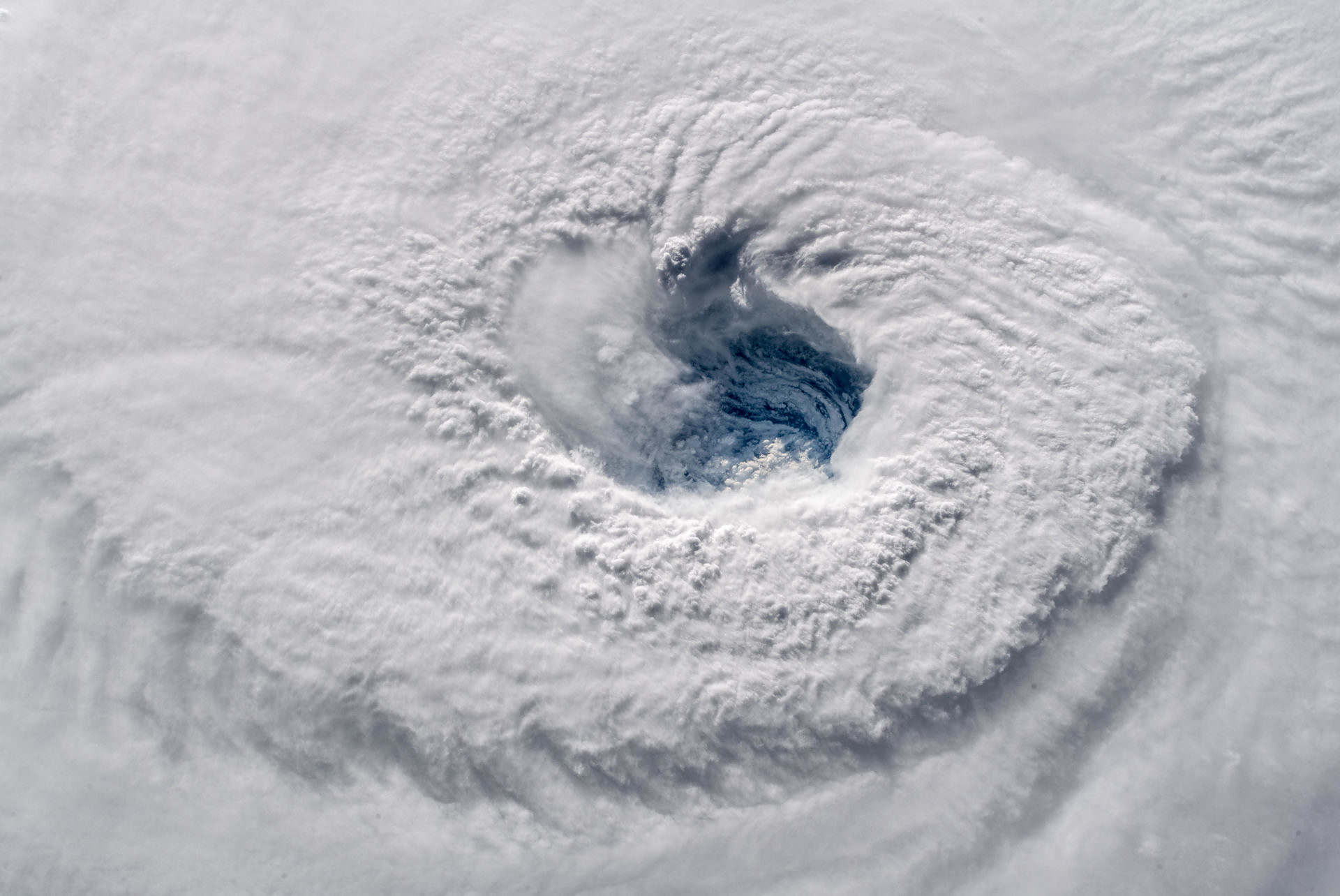|
Getting your Trinity Audio player ready...
|
You’ve got to feel for the folks who work at South Carolina’s Emergency Management Division (SCEMD). While they’re bound to feel a tad on edge every year from June 1 to November 30, this month they are especially jittery. Because while hurricane season stretches out across six months, Mother Nature typically saves some of the strongest storms for September.
There was Hurricane Gracie in September 1959, the mother of all modern bad storms – Hurricane Hugo – in September 1989, and perhaps the worst of all, the storms you may have never heard about until now.
They didn’t name hurricanes in Colonial South Carolina, nor did they have the mechanisms to measure their intensity. But they knew plenty about them. Our state’s earliest settlers would have certainly heard about the Great Colonial Hurricane of 1635 that ravaged the entire East Coast from Virginia’s Jamestown Settlement all the way up to the Massachusetts Bay Colony. The first Europeans began putting down roots here 35 years later, and South Carolinians have kept a wary eye on the sky each summer and fall ever since.
So, they were well acquainted with the risk of these storms by the time September 1752 rolled around.
It is important to point out 1752 was a brutal summer, “the hottest in living memory for Charlestonians,” according to historian Jonathan Mercantini.
(Click to view)
“Temperatures in the shade were consistently in the nineties and the mercury broke one hundred degrees on numerous occasions,” Mercantini wrote.
“People died of heat exhaustion, plants withered and dogs could only lie panting with their tongues lolling out,” author and historian Peg Eastman noted in a recent column in The Charleston Mercury.
It’s also important to point out there were no global warming alarmists around at the time to save the people of the Holy City from their carbon footprints.
The break in the heat began innocently enough in the middle of the month. The sky started growing overcast sometime between September 12-14 (as so often happens, records from that era give conflicting dates).
The trouble was, in an era well before radar and satellite imagery, there was no way for those early Carolinians to know whether the increasingly ominous skies meant regular rainfall was coming … or something worse.
It didn’t take long for them to find out.
The wind began howling on the night of the 14th, and conditions in Charleston, South Carolina deteriorated hourly. When the storm made landfall the following day – September 15, 1752 – it struck with sheer fury. This hurricane was unlike anything the young colony had ever experienced before.
According to the South Carolina Gazette, “All the wharves and bridges were ruined, and every house, store, and upon them beaten down and carried away (with all the goods therein), as were also many houses in the town; an abundance of roofs, chimneys, and almost all of the tiles or slated roofs in town …”

***
When the wind let up, the flooding took over. Around 9:00 a.m. the deluge, combined with massive runoff from low-lying creeks and rivers, joined with the storm surge to totally saturate the city. It quickly reached ten feet above the previous high water mark – with high tide still two hours away.
The storm blew every ship in the harbor inland, save one. A solitary vessel was seen floating down Meeting Street as though it were a nautical right of way. One wayward vessel even knocked out the corner of the Baptist church.
Terrified families who found themselves neck-deep in water inside their homes fled upstairs, where they prayed and prepared for the worst when high tide came.
“Another foot would have drowned the whole place,” Charleston native Elizabeth St. Julien Ravenel noted.
Then, without warning, everything changed on a dime – the wind shifted and the tide ebbed, and, to Charlestonians’ utter astonishment, the water began receding almost as fast as it had risen. According to one witness, local printer Peter Timothy, flood waters fell “five feet in the space of ten minutes.”
By 3:00 p.m. it was over. Some 500 businesses and homes had been destroyed. Many more were damaged. Ships and boats were scattered throughout the city, in marshes, and even in woods.
While we’ll never know the exact figures, it’s believed approximately 100 people died and another 200 were injured. As terrible as that toll would be today, it was even worse in a city whose population was only about 7,500 at the time.
Mother Nature wasn’t finished, though …
(Click to view)
Barely two weeks later, on September 30, 1752, a second severe cyclone struck the city – making a bad situation even worse. Passing through the Lowcountry, it didn’t do nearly as much damage to the city as it as the previous storm – but it did strike with what Timothy referred to as “great violence.” This cyclone also did widespread destruction to crops and livestock on nearby farms and plantations. It continued on into the northeast, where it was especially devastating, although its impact was reported in less detail given the sparse inland population at that time.
On October 1, the Lowcountry in general – and Charleston in particular – was a waterlogged mass of ruins. But with winter looming, the food supply was in dangerously short supply. The colonial government slapped tight restrictions on exports to make sure there would be enough “corn, pease and small rice” to go around.
That, along with the taxes lost from the crippling of Charleston’s vitally important (and equally lucrative) sea trade, temporarily strained relations between the colony and the Mother Country back in England. They eventually patched things up – until more serious issues ended it once and for all a generation later.
“Many of the larger issues contained in these disputes contributed to South Carolinians’ eventual decision to seek their independence from Great Britain,” Mercantini wrote.
It was a slow, hard slog, but Charleston eventually recovered. There have been other storms in the 271 years that have passed since then, but one practice endures today: Holy City residents still heave a collective sigh of relief when December arrives, and the hurricane threat vanishes for another year.
***
ABOUT THE AUTHOR…
J. Mark Powell is an award-winning former TV journalist, government communications veteran, and a political consultant. He is also an author and an avid Civil War enthusiast. Got a tip or a story idea for Mark? Email him at mark@fitsnews.com.
***
WANNA SOUND OFF?
Got something you’d like to say in response to one of our articles? Or an issue you’d like to address proactively? We have an open microphone policy! Submit your letter to the editor (or guest column) via email HERE. Got a tip for a story? CLICK HERE. Got a technical question or a glitch to report? CLICK HERE.





2 comments
Hurricane Gracie hit in 1959
Don’t worry, anti-science Republicans are hard at work trying to break this record.